Urban areas are not subject to administrative boundaries.
This is the urban model that Associate Professor, Dr. Architect Tran Trong Hanh, former Director of the Department of Architecture and Planning ( Ministry of Construction ) mentioned at the Workshop on Urban and Rural Planning in the context of organizing a 2-level local government recently organized by the ACUD Institute of Science, Technology and Construction (AIST Institute).
 |
| Associate Professor, Dr. Architect Tran Trong Hanh speaking at the Workshop |
“From 63 provinces and cities, we have 34 provinces and cities. From 926 urban areas down to 6 centrally-run cities; there are no longer 920 cities, towns and townships. Instead, there are 3,321 commune-level administrative units, including 687 wards, 2,621 communes and 13 special zones,” Mr. Hanh mentioned the new context in urban planning and management activities.
These changes have caused urban areas with administrative boundaries, such as provincial cities, towns, etc., to no longer exist.
In fact, according to Mr. Hanh, Vietnam already has urban models that do not depend on administrative boundaries. Examples include Lao Cai – Cam Duong urban area (implemented in 1979), South Saigon urban area (1994), Phu My urban area (2002), Me Linh urban area and Vinh Phuc urban area in 2011...
During the development process, many new urban models emerged, tending to go beyond traditional administrative limits.
For example, in Quang Ninh, urban development space in chains has been formed, such as the urban chain Dong Trieu - Uong Bi - Quang Yen - Ha Long. Along with that, Quang Ninh also has urban cluster models according to specialized functions, such as Van Don - urban area associated with aviation, tourism; Cam Pha - industry, logistics; Mong Cai associated with border trade activities, border gates...
The problem is, according to Mr. Nguyen Van Lam, Deputy General Director of Sgroup Vietnam Corporation - the unit that is conducting research on the spatial organization plan and urban system of Quang Ninh when implementing a 2-level government, the district-level administrative system is no longer suitable for the actual spatial organization of development, the management is both overlapping and fragmented, causing coordination to lack unity...
For example, An Sinh Temple tourist area, Tran Dynasty Temple (Dong Trieu) and Yen Tu tourist area (Uong Bi) are located close to each other in terms of geographical space, belonging to the same historical relic system, but are affected by the separation by administrative boundaries at the district and city levels, leading to many shortcomings in management, exploitation and synchronous development. With a two-level government, Quang Ninh can establish a Yen Tu - Tran Dynasty cultural and spiritual tourism cluster, reorganizing it as an inter-ward heritage cluster according to functional space instead of being divided by administrative boundaries at the district level as before.
“The implementation of a two-level local government at this time is creating positive impacts in the development of urban models with connectivity that Quang Ninh is aiming for. At that time, the urban management mechanism will be divided and managed according to spatial functions, instead of administrative boundaries,” Mr. Lam analyzed.
Perfecting appropriate management mechanisms
Obviously, the implementation of the two-tier local government model is creating structural changes in planning work. This is the reason why AIST Institute organizes a prestigious scientific forum, where experts, managers, scientists and businesses discuss and analyze the impact of organizing two-tier local governments on the planning system, thereby identifying core issues and proposing breakthrough solutions to improve the effectiveness of planning work in the new context. Dr. Han Minh Cuong, Director of the ACUD Institute of Construction Science and Technology (AIST Institute) analyzed when giving the opening speech at the Workshop.
 |
| Mr. Nguyen Van Lam, Deputy General Director of Sgroup Vietnam Corporation, presented the plan to organize space and urban system of Quang Ninh when implementing a two-level government. |
The absence of district level will directly impact the planning system, requiring new thinking, methods and approaches to ensure continuity, synchronization and efficiency in State management. Even with approved urban plans, such as the Ha Long, Van Don, Mong Cai urban areas of Quang Ninh, the old zoning based on district-level boundaries will no longer be appropriate and must be changed.
But importantly, changes need to be based on economic-urban spatial thinking, linked to regional growth poles, instead of just basing on provincial issues. In particular, upcoming infrastructure projects such as the Hanoi-Quang Ninh high-speed railway project and the Kunming-Lao Cai-Hai Phong railway will be the basis for forming urban areas according to the TOD model...
This is also the development orientation of Hai Phong that the Hai Phong Planning Institute is coming up with ideas for. There are 3 options being studied, all based on 5 main economic pillars: marine economy, eco-tourism, services - trade, high-tech agriculture and ecological industry. These 5 pillars are integrated on the 3 pillars of the old Hai Phong and the 5 pillars of Hai Duong before the merger.
This requires changes in urban management and development, as urban development requirements may be non-boundary, but require unity in management and development. It is important that the management mechanism must promote investment and business opportunities that will be closely linked to the development trends of the new urban model.
Planning experts say that urban awareness and urban management will have to follow a new mindset, both in terms of state management and economic development, attracting investment and business.
Many opinions propose, on the one hand, to delegate substantial authority to commune and ward clusters in performing tasks related to planning management, investment, and public service management; on the other hand, the provincial level to complete the development space planning based on new functional areas and development spaces.
Thus, a series of legal documents will have to be amended, including the 2024 Law on Urban and Rural Planning and its guiding documents that took effect on July 1, 2025, as well as the Planning Law, to meet new development requirements.
In particular, Mr. Hanh proposed to establish a National Committee on Urban Management and Development. At the provincial level, there will be a Provincial Urban Management and Development Board. Regional Urban Investment and Development Boards will be at the provincial and municipal levels. Below are the commune-level urban management and development boards.
Source: https://baodautu.vn/xu-huong-phat-trien-do-thi-khong-phu-thuoc-dia-gioi-hanh-chinh-d351564.html







![[Photo] The ceremonial artillery is ready to "fire" for the second parade rehearsal at My Dinh National Stadium.](https://vstatic.vietnam.vn/vietnam/resource/IMAGE/2025/8/24/883ec3bbdf6d4fba83aee5c950955c7c)
![[Photo] Impressive image of 31 planes taking flight in the sky of Hanoi during their first joint training](https://vstatic.vietnam.vn/vietnam/resource/IMAGE/2025/8/24/2f52b7105aa4469e9bdad9c60008c2a0)


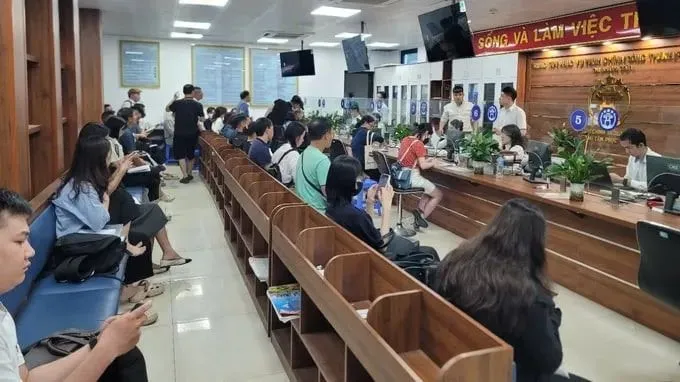
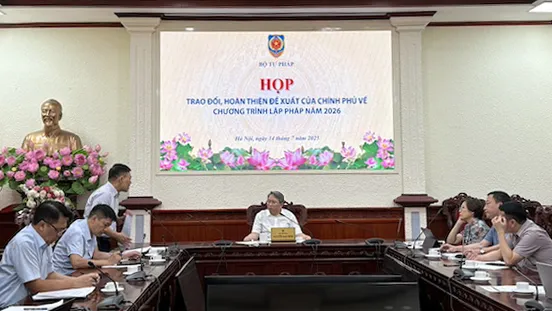


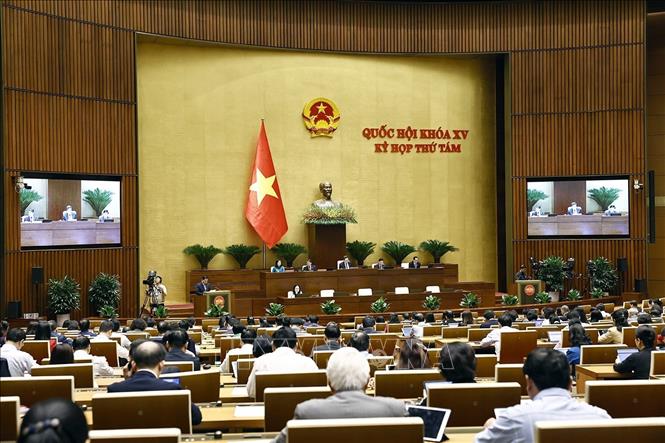



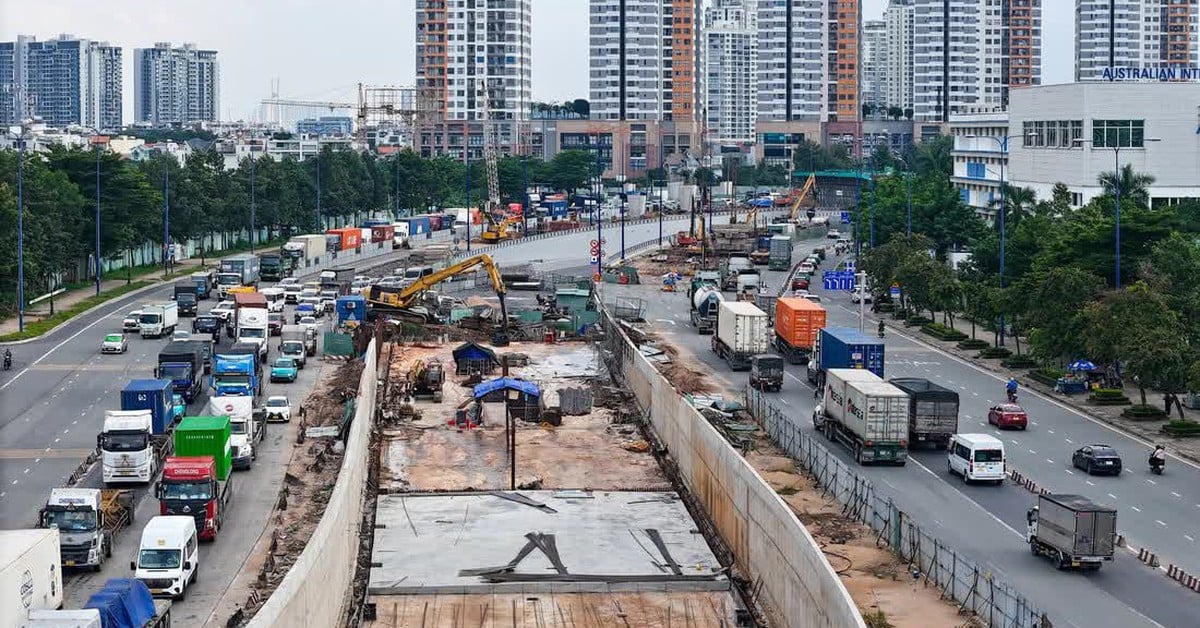





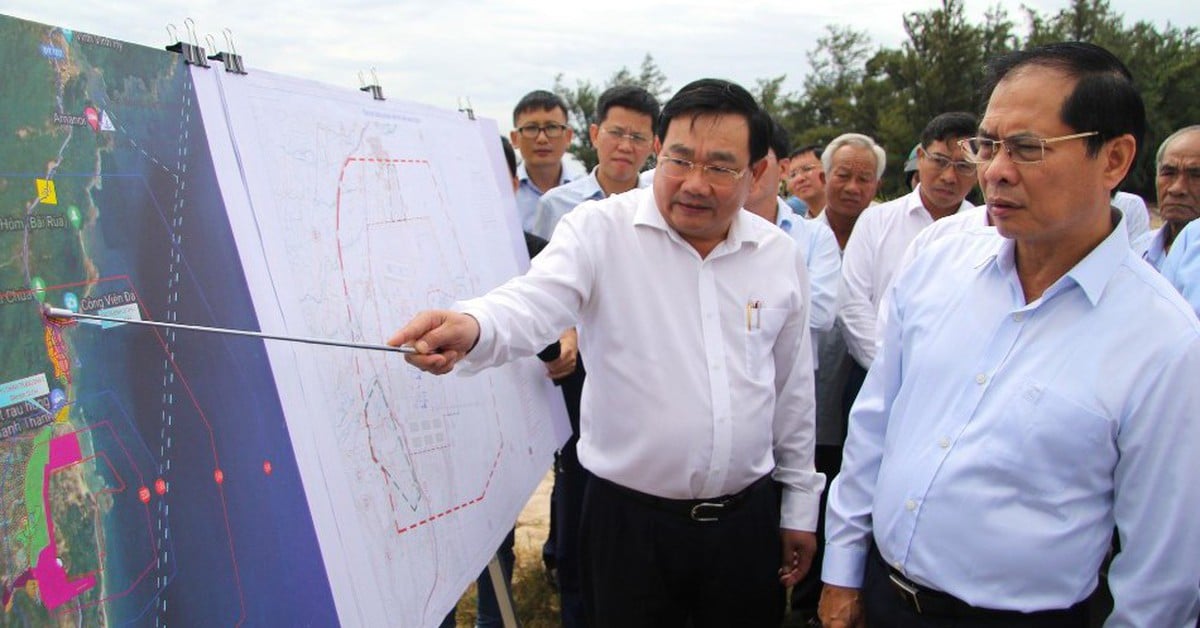




















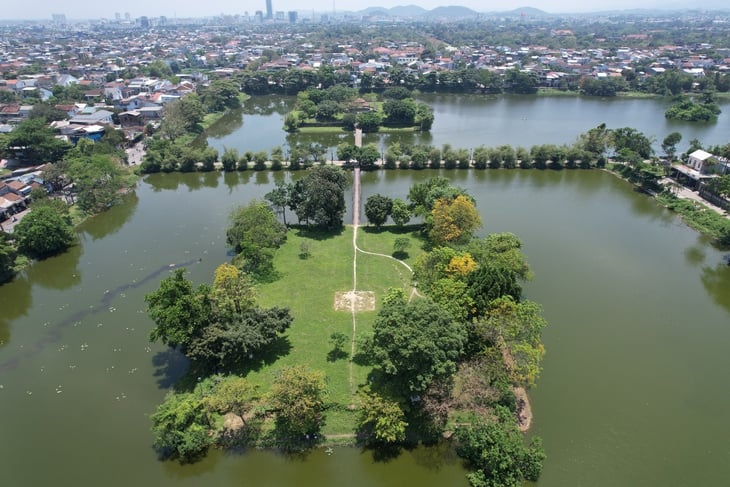



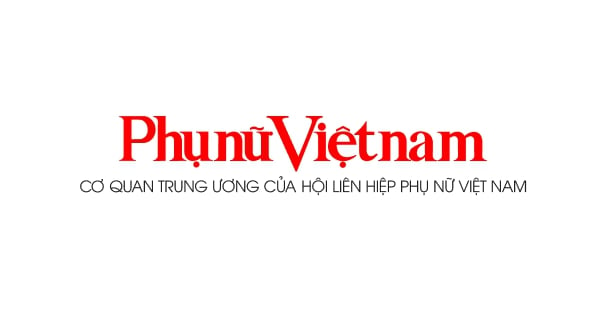











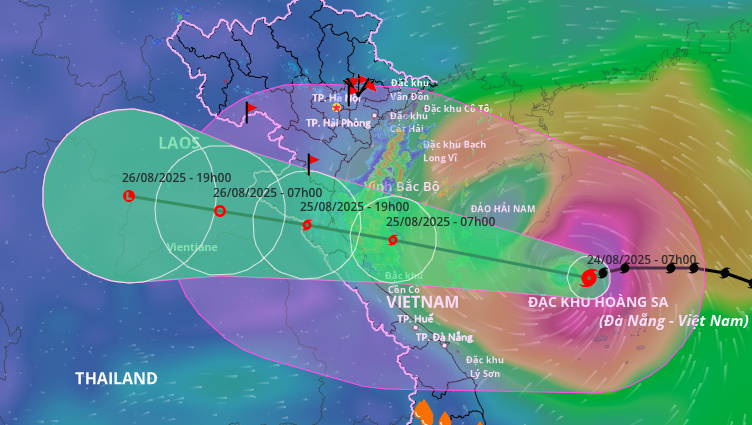





















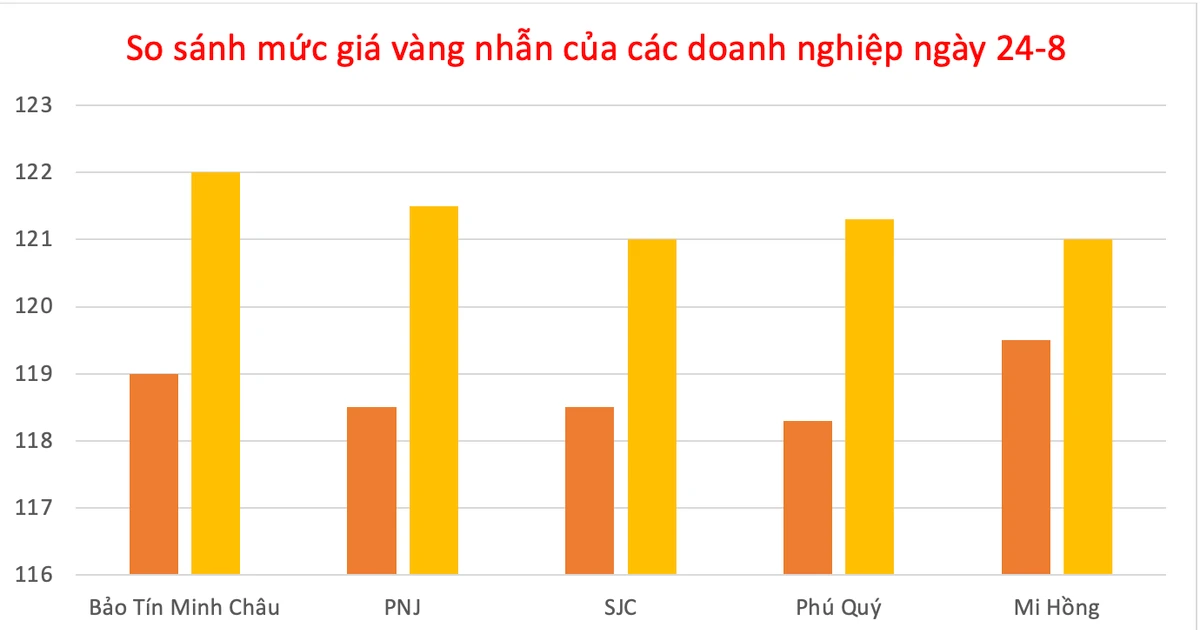
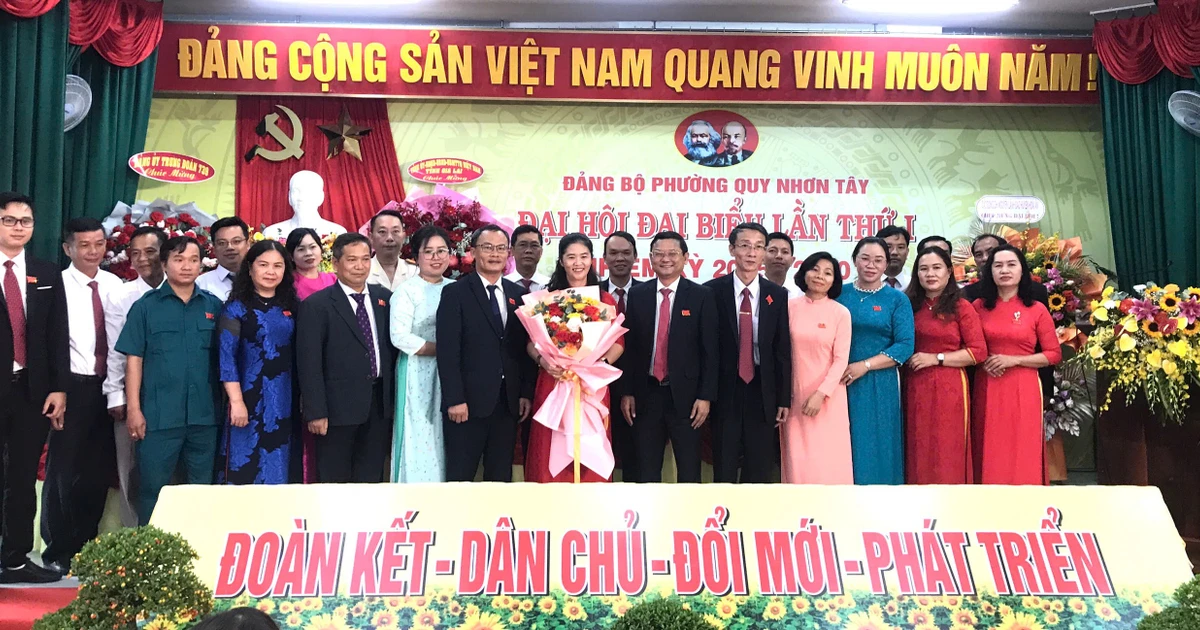






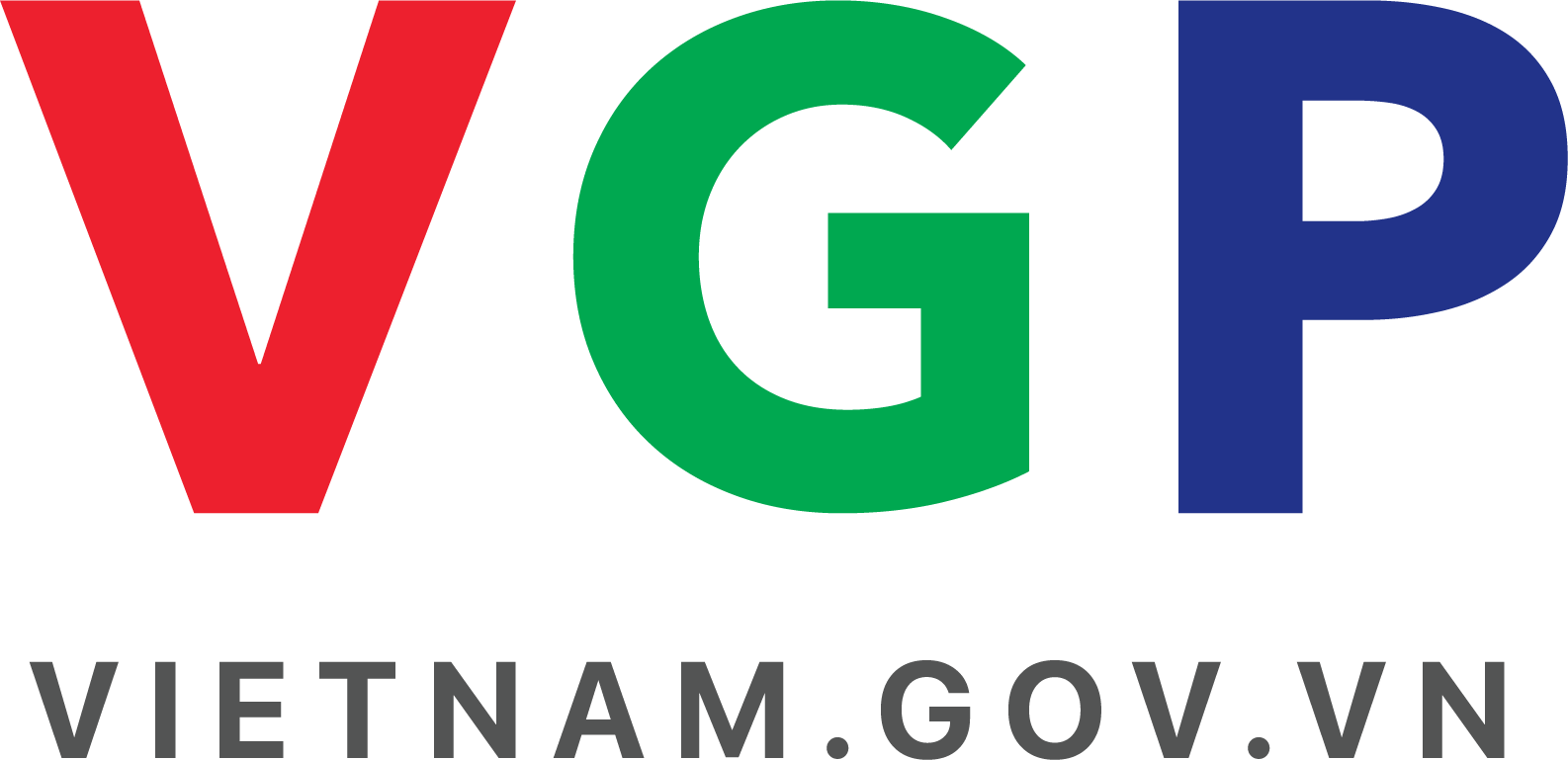









Comment (0)